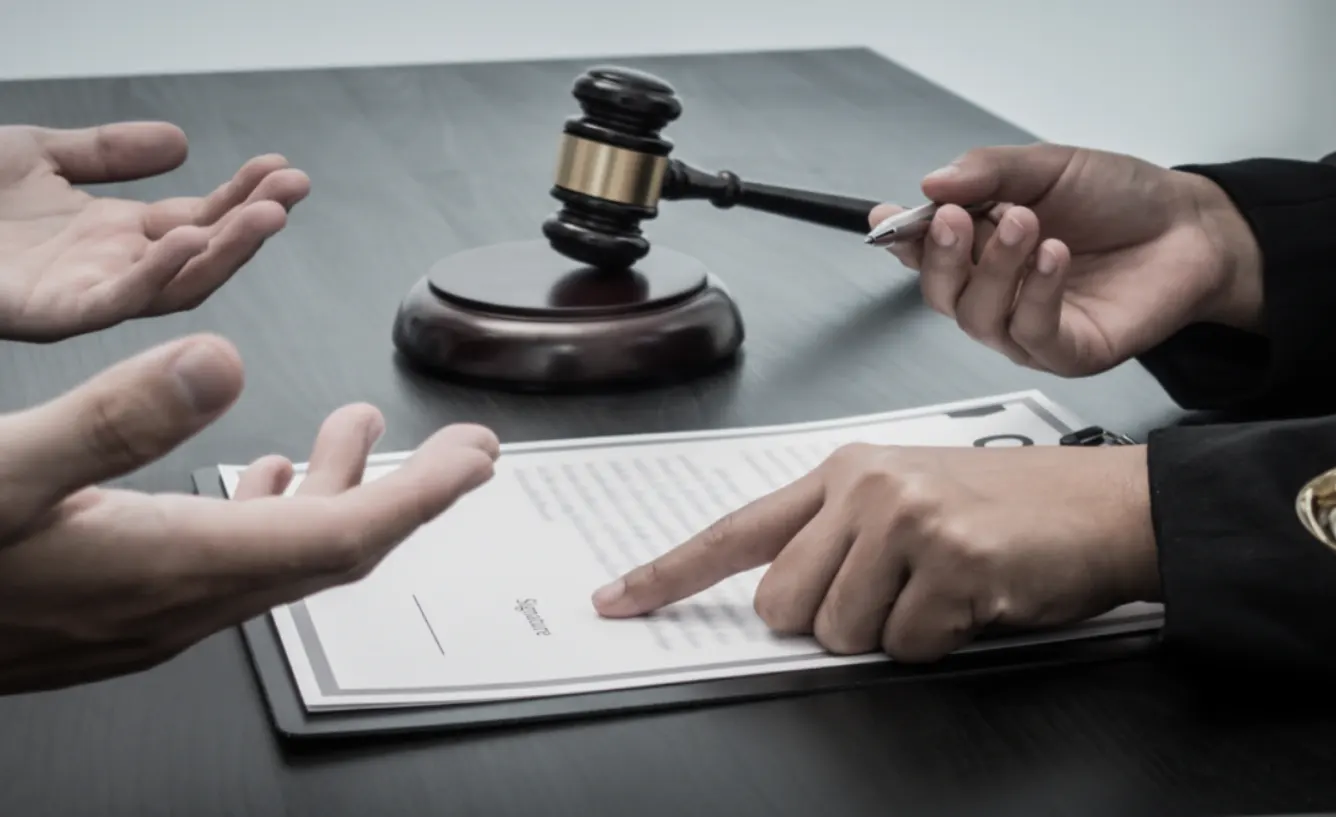Tort law is a fundamental component of the legal system that addresses wrongs and injuries caused by one party to another.
Tort law cases encompass a wide range of scenarios, from product liability to personal injury, offering redress to those who have suffered harm.
This article explores significant tort law cases, examining their impact on legal precedents and their implications for both plaintiffs and defendants. By understanding these landmark cases, we gain insight into the complexities and nuances of tort law.
What is Tort Law?
Tort law is a branch of civil law that deals with wrongs committed by one party against another, resulting in injury or harm. The primary objective of tort law is to provide relief to the injured party and to deter others from committing similar wrongs. It covers various types of wrongs, including negligence, intentional torts, and strict liability.
Types of Tort Law Cases
What is a Tort case? Tort law cases can be broadly categorized into three main types:
Negligence
When a party fails to exercise reasonable care, resulting in harm to another. This can include actions such as reckless driving, medical malpractice, or failure to properly maintain property.
Intentional Torts
These are wrongs that are committed intentionally or with the knowledge that harm will be caused. Examples include assault, battery, defamation, and fraud.
Strict Liability
This type of tort law holds a party responsible for harm caused regardless of whether they were negligent or acted intentionally. It is often applied in cases involving product liability, where a defective product causes harm to the consumer.
Landmark Product Liability Cases
Product liability is a significant area within tort law, holding manufacturers and sellers accountable for defective products that cause harm. Several landmark cases have shaped the landscape of product liability law.
Greenman v. Yuba Power Products, Inc. (1963)
In this important case, William Greenman got hurt using a power tool made by Yuba Power Products. The tool messed up and caused serious injuries. Greenman took the manufacturer to court for being careless and not meeting the warranty.
The California Supreme Court said the manufacturer was totally responsible for the injuries from the faulty product, creating the rule of strict product liability. This case made sure that manufacturers have to take responsibility for their product’s safety.
Liebeck v. McDonald’s Restaurants (1994)
Often known as the “McDonald’s coffee case,” this lawsuit centers around Stella Liebeck, who got third-degree burns from spilling hot coffee bought from McDonald’s. She took legal action against McDonald’s, arguing that the coffee was dangerously hot.
The jury granted her significant damages, emphasizing the need for product safety and clear warning labels. This case highlighted companies’ duty to make sure their products aren’t unreasonably risky.
Anderson v. General Motors (1979)
This case was about a really sad car crash caused by a faulty fuel tank design in a General Motors vehicle. The folks who got badly burned in the accident took General Motors to court for the product flaw.
The court sided with them, which shook up how car safety is done. It underlined the importance of tough safety checks and responsibility in the car industry.
Significant Personal Injury Cases
Personal injury cases are a critical aspect of tort law, providing compensation to individuals who have suffered harm due to the negligence or intentional actions of others. Several notable cases have had a profound impact on personal injury law.
Palsgraf v. Long Island Railroad Co. (1928)
In this interesting case, Helen Palsgraf got hurt at a train station because of the Long Island Railroad employees’ carelessness. The court had to figure out if the railroad should be held responsible for Palsgraf’s injuries.
The New York Court of Appeals decided that the railroad wasn’t responsible because the harm wasn’t something the employees could have predicted. This case brought up the idea of foreseeability in negligence law, which influenced how duty of care is determined.
Brown v. Kendall (1850)
This early personal injury case was about two guys, Brown and Kendall, whose dogs got into a scuffle. Kendall unintentionally hit Brown in the eye while breaking up the fight.
The court sided with Kendall, saying a defendant isn’t responsible for accidental harm if they were reasonably careful. This case created a standard for judging negligence based on the idea of reasonable care.
Grimshaw v. Ford Motor Co. (1981)
This case was about a Ford Pinto catching fire after getting rear-ended, causing serious injuries to Richard Grimshaw and the death of another passenger. The plaintiffs took Ford to court for product liability, saying the company was aware of the fuel tank design flaw but didn’t fix it.
The jury gave a big amount in punitive damages, showing how crucial it is for companies to focus on consumer safety more than just profits.
Mass Tort Case Acquisition and Its Implications
Mass tort cases involve multiple plaintiffs seeking compensation for harm caused by the same defendant or product. These cases often arise from defective products, environmental hazards, or large-scale accidents.
The Asbestos Litigation
One of the biggest mass tort cases in history is all about asbestos lawsuits. Many folks who were around asbestos, a dangerous material used in construction, ended up with serious health issues like mesothelioma and lung cancer.
The legal actions against asbestos makers led to some big settlements and the creation of funds to help those affected. This case really shows why it’s crucial to make companies take responsibility when they put people at risk with harmful substances.
The Vioxx Case
The Vioxx case involved the pharmaceutical company Merck and its painkiller, Vioxx. After it was discovered that Vioxx increased the risk of heart attacks and strokes, thousands of lawsuits were filed against Merck. The company eventually settled for billions of dollars.
This case highlighted the role of mass tort case acquisition in addressing widespread harm caused by defective drugs and the importance of rigorous drug safety testing.
Navigating the Tort Law
Tort law cases, ranging from product liability to personal injury, are essential in providing justice and compensation to those harmed by the actions of others. Landmark cases have shaped the legal landscape, influencing consumer protection, corporate accountability, and legal precedents.
Understanding these important cases helps us appreciate the role of tort law in promoting a safer and more just society. As we continue to navigate the complexities of tort law, the lessons learned from these cases will remain invaluable in ensuring that wrongs are righted and justice is served.

